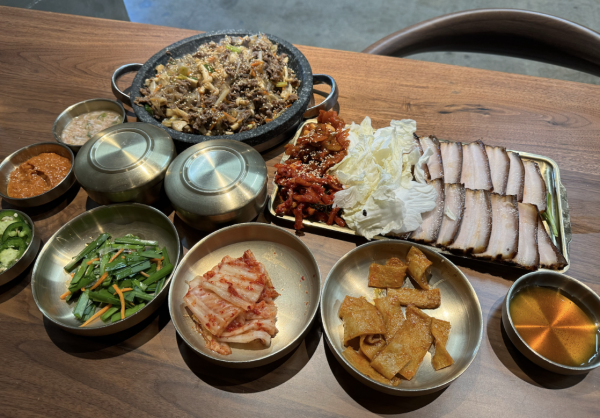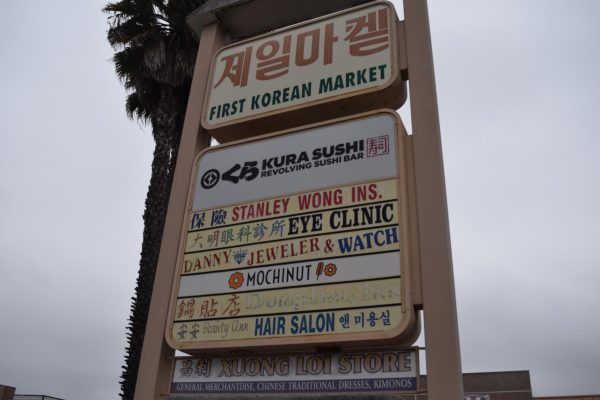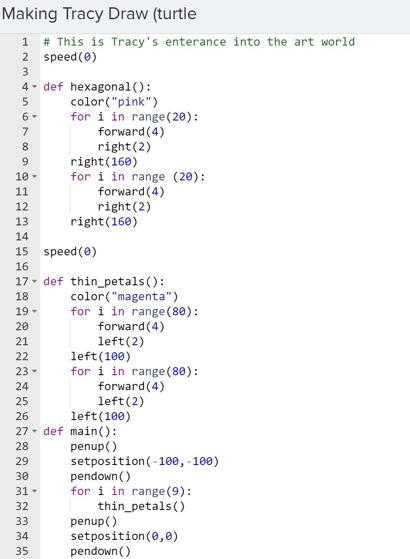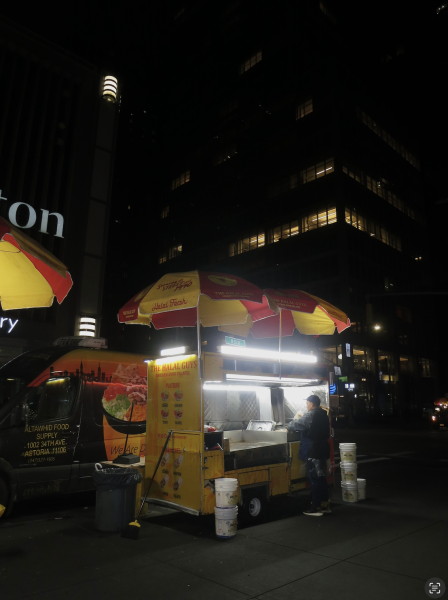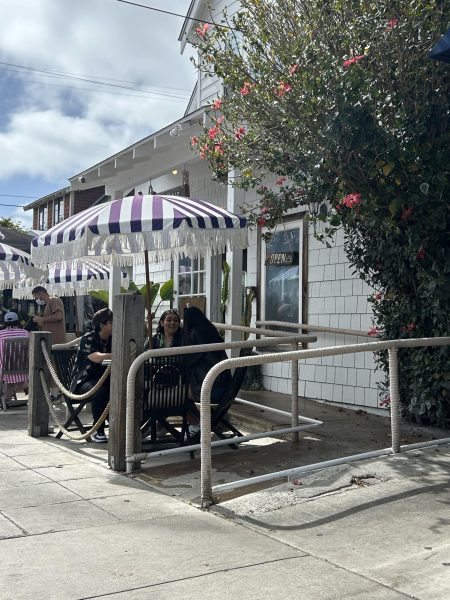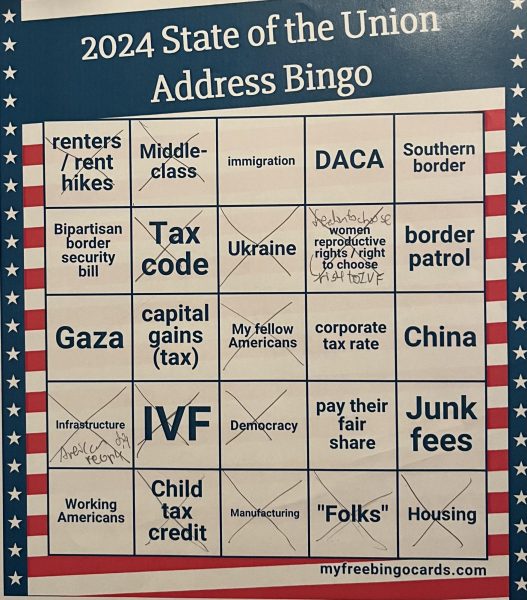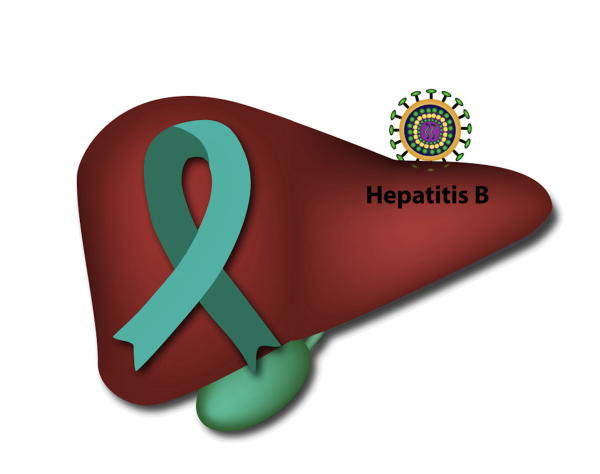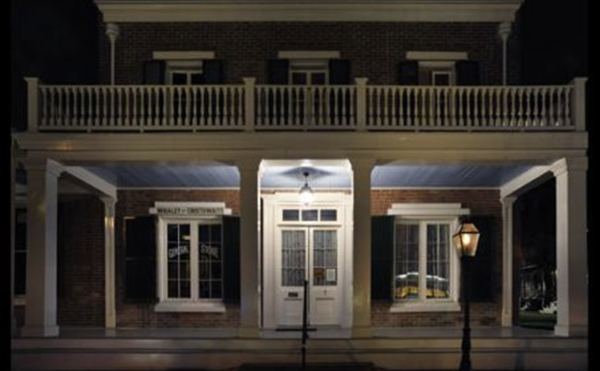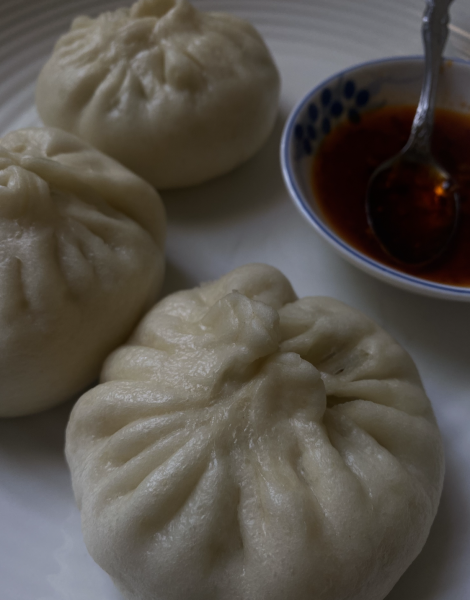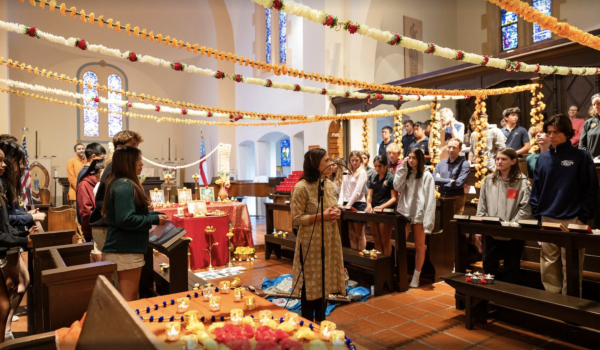Ukraine and Russia: What has happened thus far? And why is Putin doing this?
As the Russians forces advance deeper into the country, Ukrainian citizens have been forced to flee their homes.
A boom. Then a loud crash. And finally, the scream of children. These are the last sounds anybody wants to wake up to. But for Ukrainians, from February 24 on, days have been filled with overwhelming fear.
On February 24, 2022, Russia officially launched a large-scale invasion of Ukraine, a past member of the USSR and Russia’s neighbor on its southwestern border. The two countries have been in conflict because of territorial struggles since World War II.
The North Atlantic Treaty Organization (NATO), established in 1949, was founded with the goal of creating a strong military pact against Russian expansion in Europe. The tricky part is that although Ukraine is not an official member of the organization, and has been trying to be a part of this group, other NATO members seem a bit hesitant to let Ukraine in.
According to The New York Times, back in January, Biden said he wouldn’t let Moscow restrict Ukraine’s desire to join NATO. However, as of an article published by the i on March 3, Ukraine is still not a member of this exclusive group. This is because if Ukraine were a NATO member, the alliance would be obligated to defend against Russia and its allies. This could potentially escalate the conflict further. Additionally, U.S. officials mentioned that Russian President Vladimir Putin will not be happy if NATO undermined their original open-door policy that allows any European nation the right to ask to join.
Putin’s Motivations:
Rocky Relations Rooted in the Past:
Since the Soviet Union dissolved in 1991, Ukraine has been an independent country. But a rocky relationship between the two remains.
Volodymyr Zelensky was inaugurated as president of Ukraine in 2014 after a series of revolts against Former President Viktor Yanukovych. Former President Yanukovych had previously voted against joining NATO, much to Putin’s preference. However, in the eyes of Ukrainian citizens, this was the wrong choice, resulting in his removal from office.
The removal of Former President Yanukovych angered Russia immensely. In response, Russia immediately seized and annexed the Crimean Peninsula, along the Northern coast of the Black Sea, in February and MaZrch of 2014. Culturally, due to being part of the Soviet Union, Ukraine has a number of ethnic Russians that inhabit it. In the Crimean Peninsula, according to the last census in 2001, 58.32 percent of the population was ethnically Russian.
The seizure and annexation of the Crimean Peninsula was not the first time Russia has invaded a country and clearly was not the last. In the United Nations’ meeting with the Security Council, U.S. Ambassador Linda Thomas-Greenfield reminded the council of “the pattern of aggression we’ve seen from Russia again and again,” and according to the Washington Post, this included the 2008 invasion of Georgia and 2014 seizure of Crimea from Ukraine. But the annexation of Crimea was not the only lash towards Ukraine Russia released.
Buffer Denied:
In December, before Russian troops invaded Ukraine, Russia demanded in a draft security pact that NATO not only deny membership to Ukraine but also decrease military mobilization in Central and Eastern Europe. Neighboring countries, Poland and Finland, are already members of NATO. If Ukraine were to join NATO, Russia’s borders would be accompanied by NATO troops and resources. In the past, Ukraine, when neutral, acted as a buffer between NATO and Russia. However, NATO refused to comply, so Russia responded with the mobilization and invasion of Ukraine.
Putin’s Restoration Mission:
Putin has regarded former Ukrainian territories that left the state in 2014, Donetsk and Lukansk, as independent states. Why does this matter? Since Ukraine used to be part of Russia and still retains many citizens who speak Russian, Putin claimed in his speech announcing the Ukrainian military operation that he is on a mission to defend the Russian-speakers in the territories of Donetsk and Lukansk, but also in the whole Ukrainian state. Claiming Ukrainian lands would also increase Russia’s sphere of influence.
However, after Ukraine gained independence, there was a cultural shift in national identity. According to the Wall Street Journal, “before 2014, polls showed a roughly even split in support among the population for joining the European Union or a Moscow-led economic bloc. In a November survey, however, 58% favored the EU, with 21% for Russia’s group.” This shift discredits Putin’s statements of supposedly “freeing” the Russians
Putin also said he still considers Ukraine and Russia as “one people, a single whole,” referring to Russia’s former claims of Ukraine. He hopes to regain Ukrainian lands for Russia, restoring it to its former borders before 1991, when the Soviet Union was still in power. The Wall Street Journal reports that, “it does seem possible that Russia’s goal is to make its way to Kyiv, the capital, in order to take over Ukraine.” Putin also expanded into Russia’s former territories, claiming dominion over former Soviet lands, Belarus, Georgia, and Moldova and revealing a pattern of recent expansion for Russia.
Denazification:
Despite what critics have said, Putin claims that his military mission is to “[protect] the people, who over the past eight years, have suffered from abuse and genocide from the Kyiv regime.” The event eight years ago that Putin is referring to was when Ukraine’s Former President Viktor Yanukovych was forced out of office, and the new government took over. Putin essentially said that the new pro-Ukrainian government has allowed for “abuse and genocide” to happen to people within their rule. But who are these people? According to Putin, the people that are being abused are “peaceful people, including Russian nationals” and the so-called Nazis, are agressive Ukrainian nationalists.
However, Professor of International Relations at Johns Hopkins University, Sergey Radchenko, disagreed with this statement. In the Washington Post, Radchenko said that Russia has tried to “present the whole idea of Ukrainian nationalism as a neo-Nazi movement,” which he then argued was not the truth. He believes that Russia’s end goal is to get rid of Ukrainian nationalists who Putin and his supporters claim are Nazis.
By getting rid of the Ukrainian nationalists, Putin purports that he aims to protect the Russian-speakers in Ukraine. However, his military movement shows an ulterior motive. By moving into Ukraine in the guise of helping denazify the country, he is also getting closer to his end goal, which is Kyiv, the capital.
So what has happened thus far?
On February 24, the Chernobyl nuclear power plant and the exclusion zone surrounding it was captured by Russian forces. While capturing Chernobyl in the first hours of the invasion might be unexpected to some, the reason why it was so strategic for Russia was because of its location. Not only is it less than 10 miles from Ukraine’s border with Belarus, one of Russia’s main allies in this conflict, but it is also a relatively straight 80-mile path from Kyiv, the Ukrainian capital.
Since then, Russian forces have not been shy about tearing apart the country. Videos show military vehicles engulfing cars on the street, and bombs and planes have continued to stream the sky. According to AP News on February 26, smoke filled the air before dawn on Sunday morning from an oil depot near an airbase in Vasylkiv. President Zelenskyy announced another explosion at the civilian Zhuliany airport. His office also reported the explosion of a gas pipeline in Ukraine’s second-largest city, Kharkiv, which made the government warn their citizens to protect themselves by covering their windows with damp fabric.
Some have been fleeing the country with the help of neighboring nations. Daryna, a 31-year-old Ukrainian citizen, told BBC on February 27 that she has spent three days making the 497-mile journey from Kyiv to the Hungary border crossing. When she spoke with the news, she was in a Red Cross tent in Hungary. But that was after her 10-hour wait to cross the border on foot.
But not everyone is as lucky as Daryna. “A lot of people don’t have a place to leave to,” she said, exhausted. “We were in a hotel beside the road, and there were people with little children, they sleep on the…” she couldn’t help but burst into tears. People, and even hospitals, are now taking refuge in underground subway stations and bomb shelters, preparing themselves for a full-blown Russian attack.
According to the Miami Herald, the Ukraine State Emergency Service reported on March 9 that more than 2,000 Ukrainians have been killed in the war. The amount of military members dead is inconclusive.
So the questions now are how will this conflict play out? Will Ukraine eventually get captured by Russian forces? Will NATO fight back? Unfortunately, it’s hard to tell. As sad as it is to say, all we can do now is continue to stay updated, donate to reputable charities focused on crisis relief for Ukraine (here are a few recommendations from The Charlotte Observer), and send our prayers and love to the Ukrainian people.

Sydney Chan is an Editor-in-Chief for The Tower dedicated to discovering unique stories and bringing them to life through her pieces. She especially loves...

Summer is a junior and the Online Editor for The Tower. Previously, she was a story, content, and copy editor. This is her third year on staff and she’s...
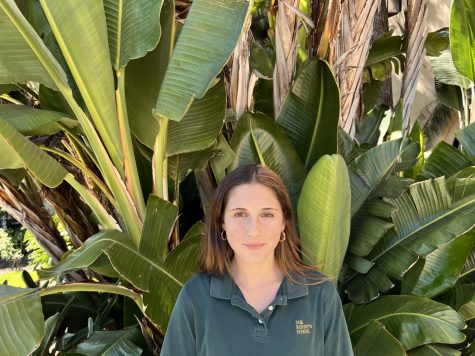
Bella Gallus is a senior and the Managing Editor for The Tower. Bella relies on her Spotify playlists, carefully curated for each of her moods, and her...



